Analog Devices, Inc. (ADI) recently announced the availability of a dual 10A or single 20A ultra-thin step-down μModule® regulator, the LTM4686, which features a PMBus interface with 16mm x 11.9mm x 1.82mm LGA Package. The 1.82mm package height allows the LTM4686 to be placed on the PC board very close to its load (such as an FPGA or ASIC) while the two flat package devices share a single heat sink. The ultra-thin package allows the LTM4686 to be mounted on the back side of the PCB, saving front space for components such as memory and transceiver ICs. This makes the LTM4686 suitable for highly restricted applications such as rack-mounted telecom switches and routers, RAID systems, and test and measurement equipment. The PMBus interface allows the user to measure and change major power parameters such as voltage, load current and temperature. Users can also set sequencing, fault thresholds and responses via the PMBus interface and store values and fault log data in the built-in EEPROM.
The LTM4686 operates from a 4.5V to 17V input supply voltage range, while the LTM4686-1 operates from a 2.375V to 17V input supply voltage range. These power modules regulate the 0.5V to 3.6V output voltage with a maximum DC output error of ±0.5% over a temperature range of –40°C to 125°C. They provide 80% efficiency at full load from 12VIN to 1.0VOUT conversion. The LTM4686 provides 18A in 5VIN to 1VOUT conversion operation at an ambient temperature of 85°C and with 400LFM airflow. Current mode control enables parallel configuration operation of multiple modules to provide greater output current. Its internal switching frequency can be set from 250kHz to 1MHz, and can be synchronized to an external clock with a frequency range of 250kHz to 1MHz for noise sensitive applications.
The configurable LTM4686 has protection features including overvoltage and undervoltage, overcurrent and overtemperature protection. If a fault occurs, the data is automatically saved to the EEPROM and the fault log can be read via an I2C interface and then analyzed.
For more information, please visit the Analog Devices website: www.analog.com

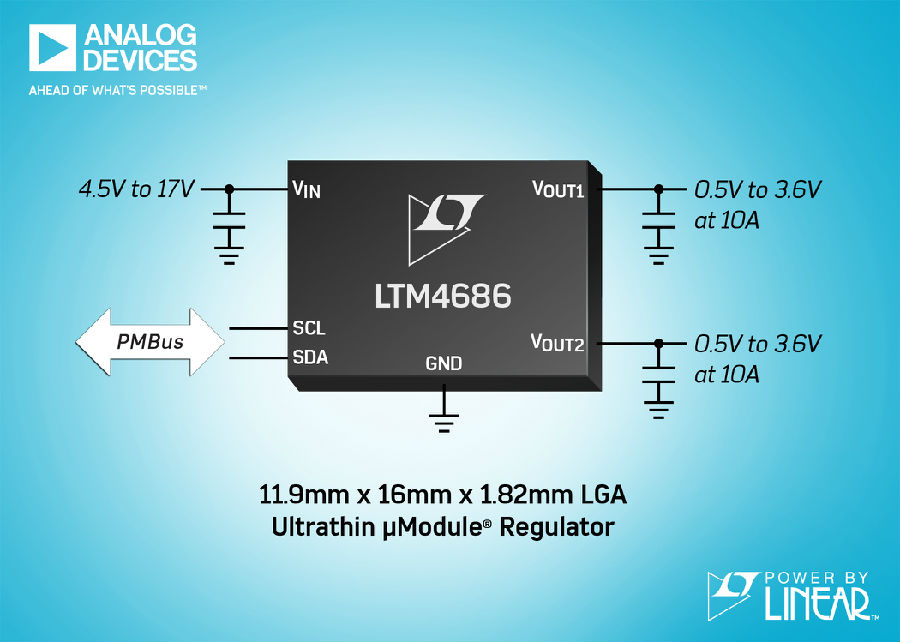






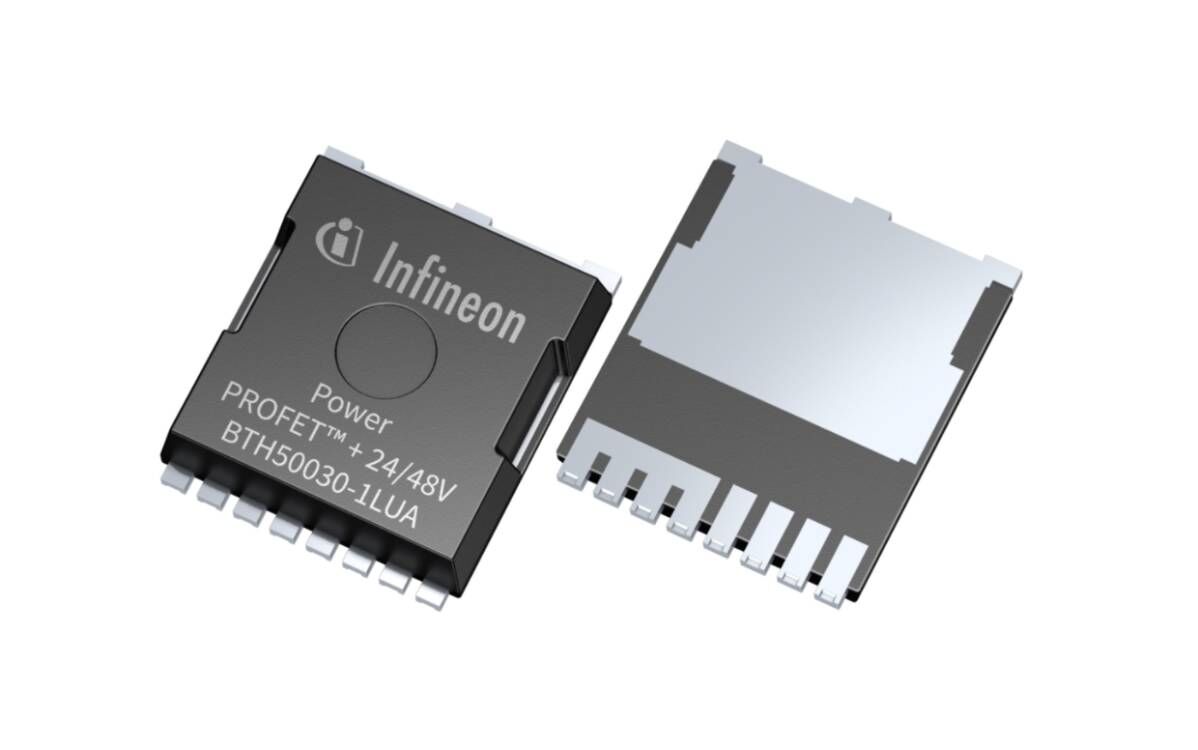
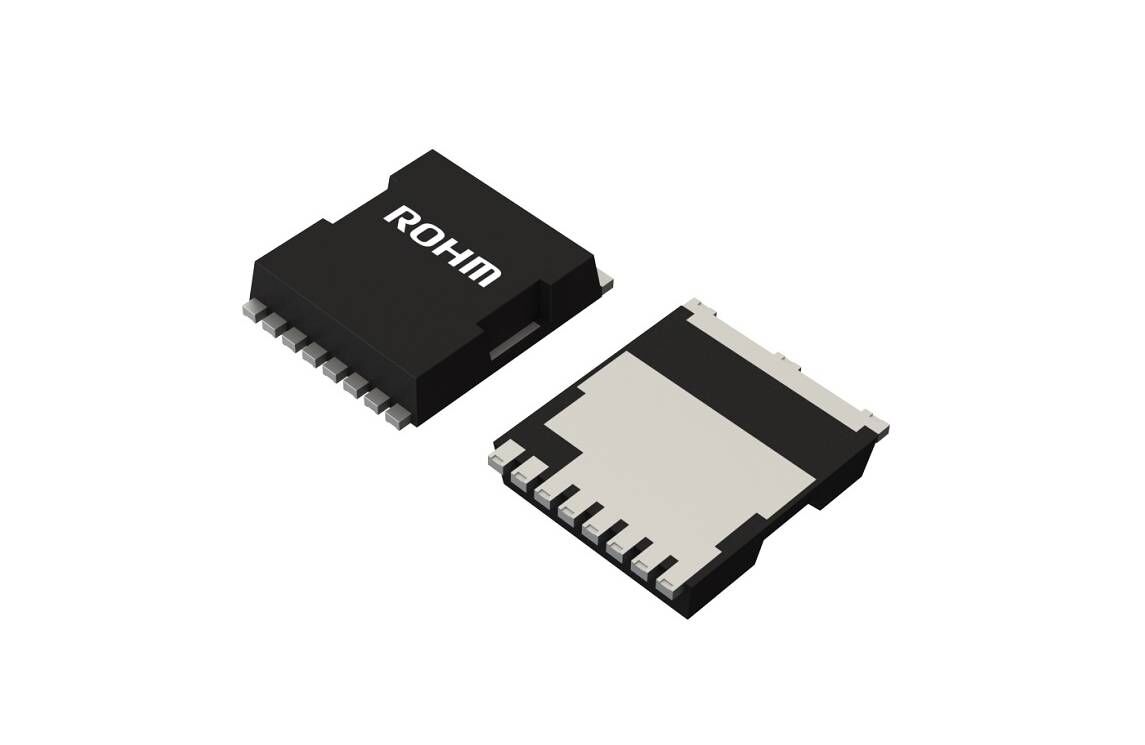
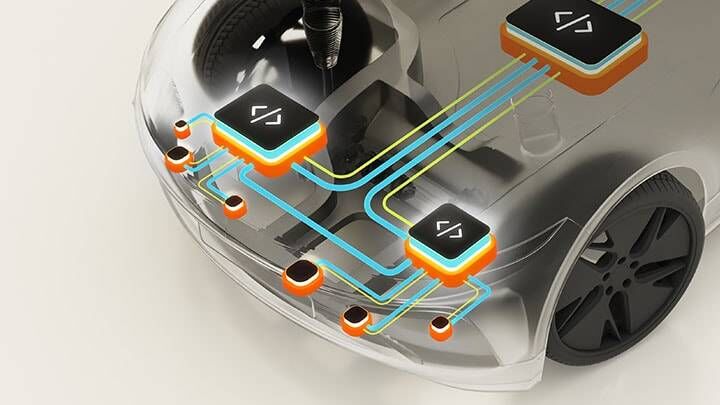
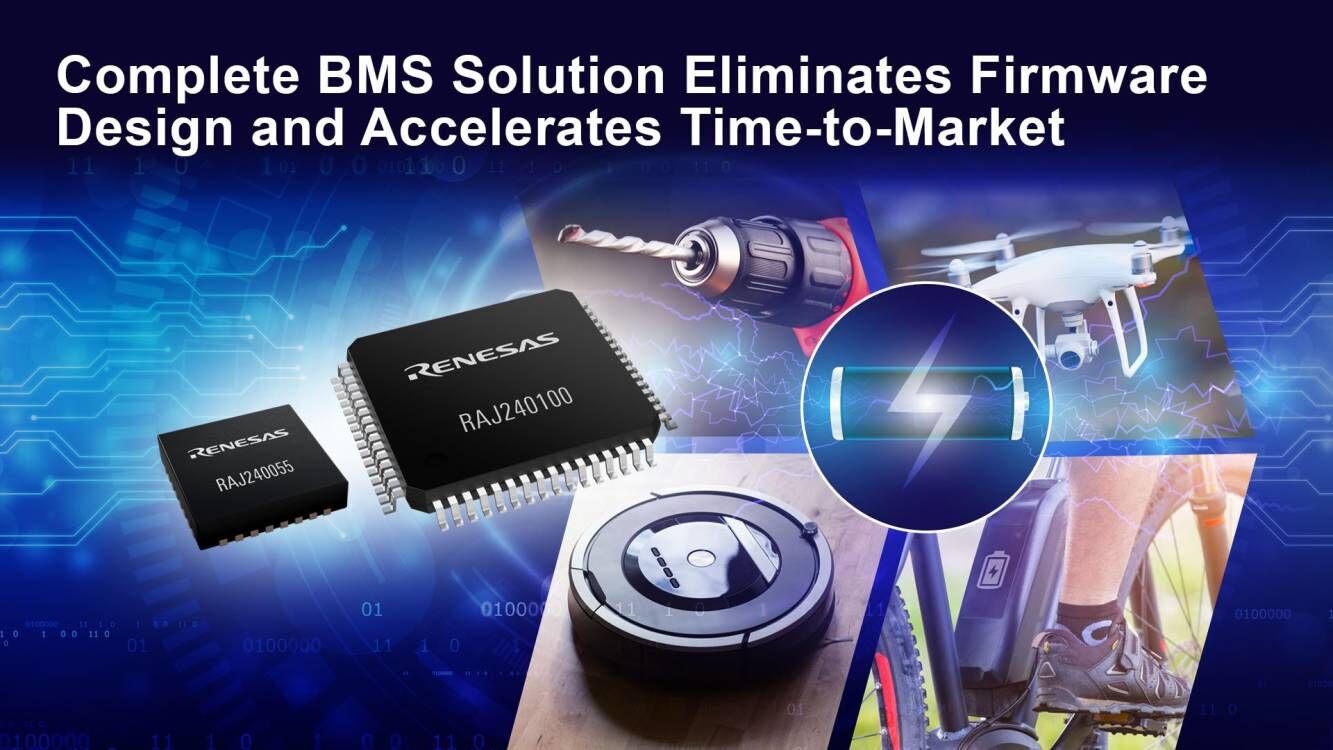
All Comments (0)